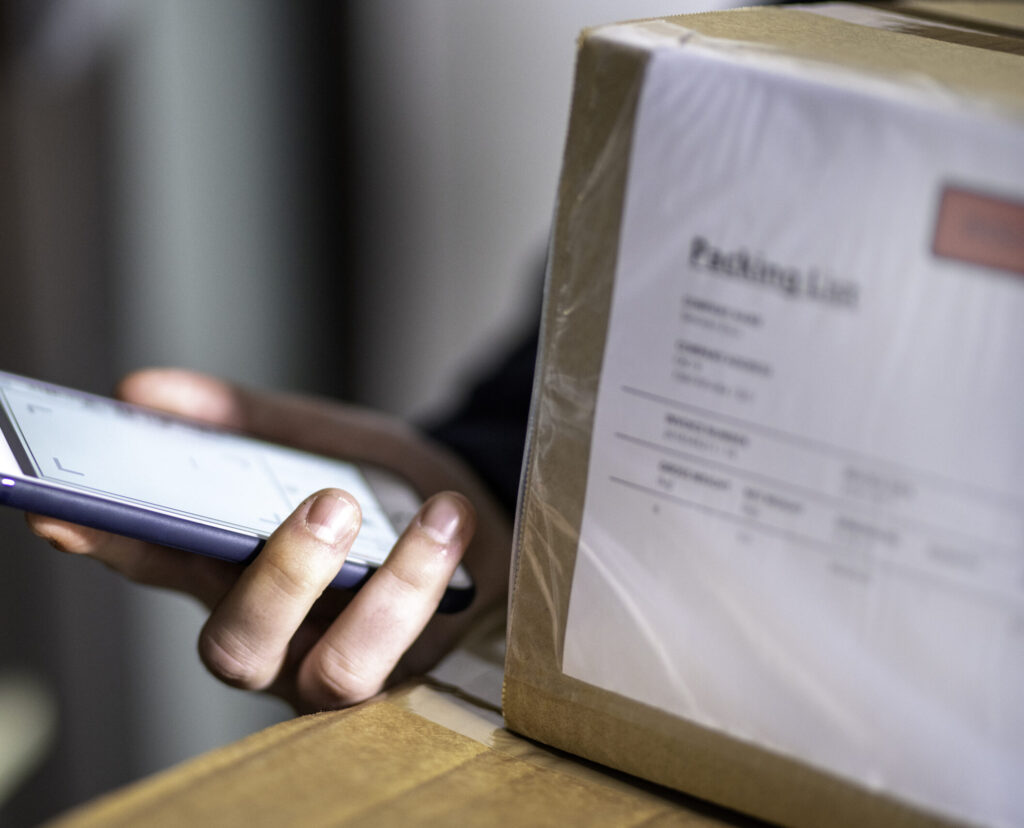The Promotions Experience: Beyond Surface Beauty
In a recent series of articles, Grocery Dive looked at a trend in grocery that deserves attention. Grocers of all…
Read morePromotions are not delivering because they have not kept pace with the way consumers now shop.
Robin Coles, Managing Director EMEA at XCCommerce
Promotions are generally planned with an inward rather than an outward focus. They consider stock levels and planned sell through rates, but they miss a key element – they are not built around customer insight.
First the good news; consumers want promotions. In new UK consumer research of over 2,000 UK shoppers by XCCommerce, 72% of respondents said they want more promotions. In fact, 69% said that promotions were the reason they bought from a retailer, while 62% are loyal to retailers who offer such incentives.
But there is also bad news. In the same research, 62% of respondents said they wanted targeted promotions. Hidden in this innocent request is the harsh truth that most promotions are not built on customer insight and they are not delivered in a consistent and easily accessible way, based on how those customers now shop across channels.
Consumers’ shopping behaviour has changed dramatically in the last five years with the shift to digital channels and accelerated by Covid. 52% are accessing offers via mail coupons while 33% of 24-35-year-olds are accessing promotions via push notifications from an app. But these journeys are decreasingly linear or single channel; more and more purchasing decisions start online, yet need to be supported in-store, via kiosk, in the call centre and through consumer apps.
Managing these cross channel journeys consistently and adapting them in real-time based on customer behaviour is not easy, particularly as the number of online channels grows to embrace not just owned and affiliate internet sites, but marketplaces, international wholesale, and social shopping.

The solution is to automate these processes so that promotions can start to deliver more revenue. Retailers will start to see a higher return on their investment in promotions and loyalty programmes, particularly in all the main marketing KPIs – average order value, lifetime value, returns and stock turn.
Automation also enables retailers to solve a whole host of other challenges that they cannot manage currently because they are hampered by a legacy infrastructure of systems from different vendors with varying and possibly incompatible capabilities, that are inflexible or simply unable to manage cross channel promotions.
Through automation, retailers can integrate customer loyalty and targeted offers into the promotional strategy, moving away from pure mass marketing, and thus giving customers what they truly want.
Automation gives visibility into channel and channel mix performance to enable continuous adjustment. Retailers can go to market more quickly to grab opportunities around slow-moving stock, peak events, new customer segments, new channels and so on. In addition, they can start to recover lapsed or inactive customers.
Ultimately, automation is concerned not just with the everyday management of promotions but the retailer’s whole promotions strategy and is therefore designed to appeal a wide set of stakeholders and deliver value to them. While the CMO is focused on marketing ROI, visibility of promotional activity, and profitability of channels and channel mix, the CFO can start to see how to increase capital return on distressed channels, get visibility of margin and better manage cost and risk.
In addition, Merchandising gets better data for negotiating supplier funds and can create more effective pricing strategies to drive sales, clear stock and deliver revenue.
IT in turn will be in a position to overcome the limitations of promotions management within current including multichannel trading, POS and self-scanning systems as well as consumer apps, enabling the business to create personalised promotions without wholesale systems changes, or costly IT involvement.
At the core of this automated approach, is the ability to define an offer, using rule sets that encompass customer and loyalty, product and basket combinations, coupon and voucher applicability, applied nationally, regionally or by location, as well as how any resulting discount will be displayed and spread. The technology used enables the promotion to operate effectively in any channel, segment, retail tier, geography or IT platform.
What this means practically for business users is, once the core elements of a promotional system have been automated fewer resources are required, which frees them to deliver more value by optimizing planning for more frequent, and more effective promotions.